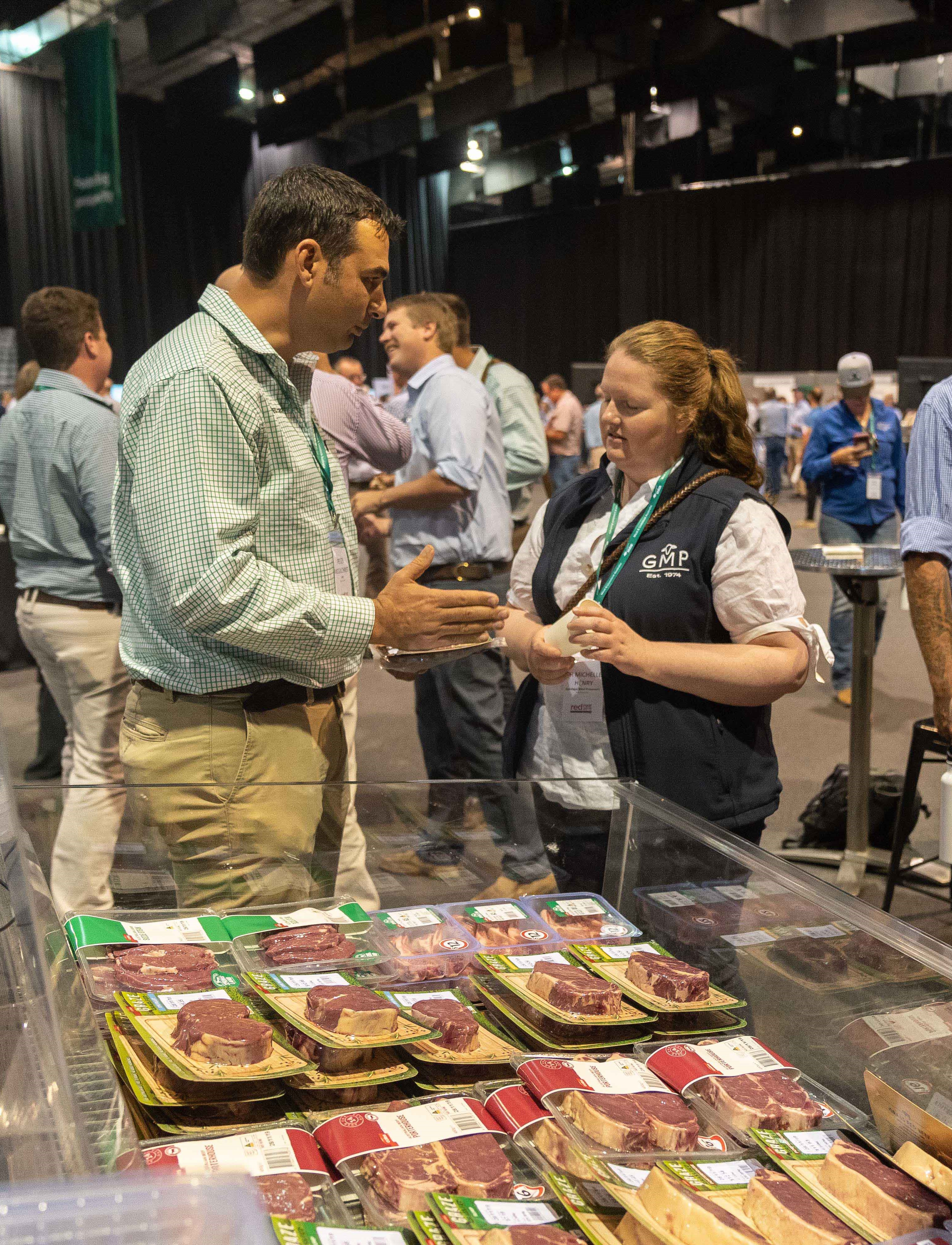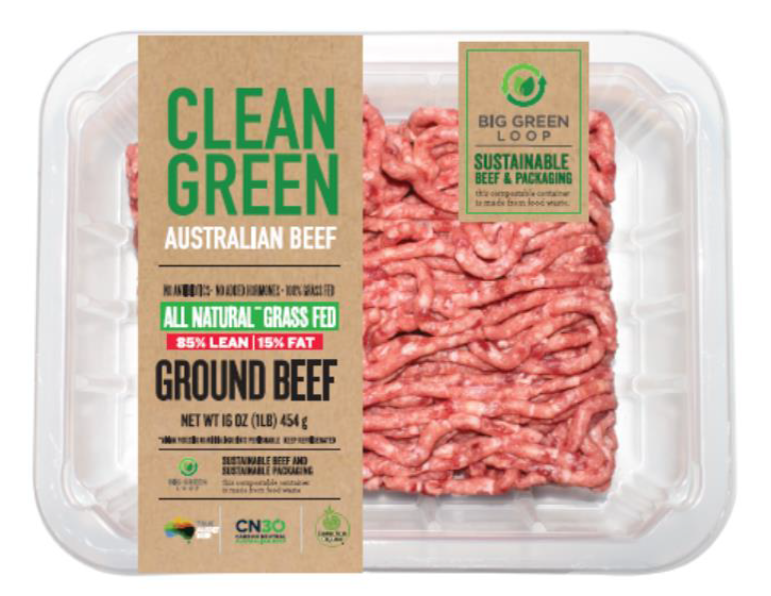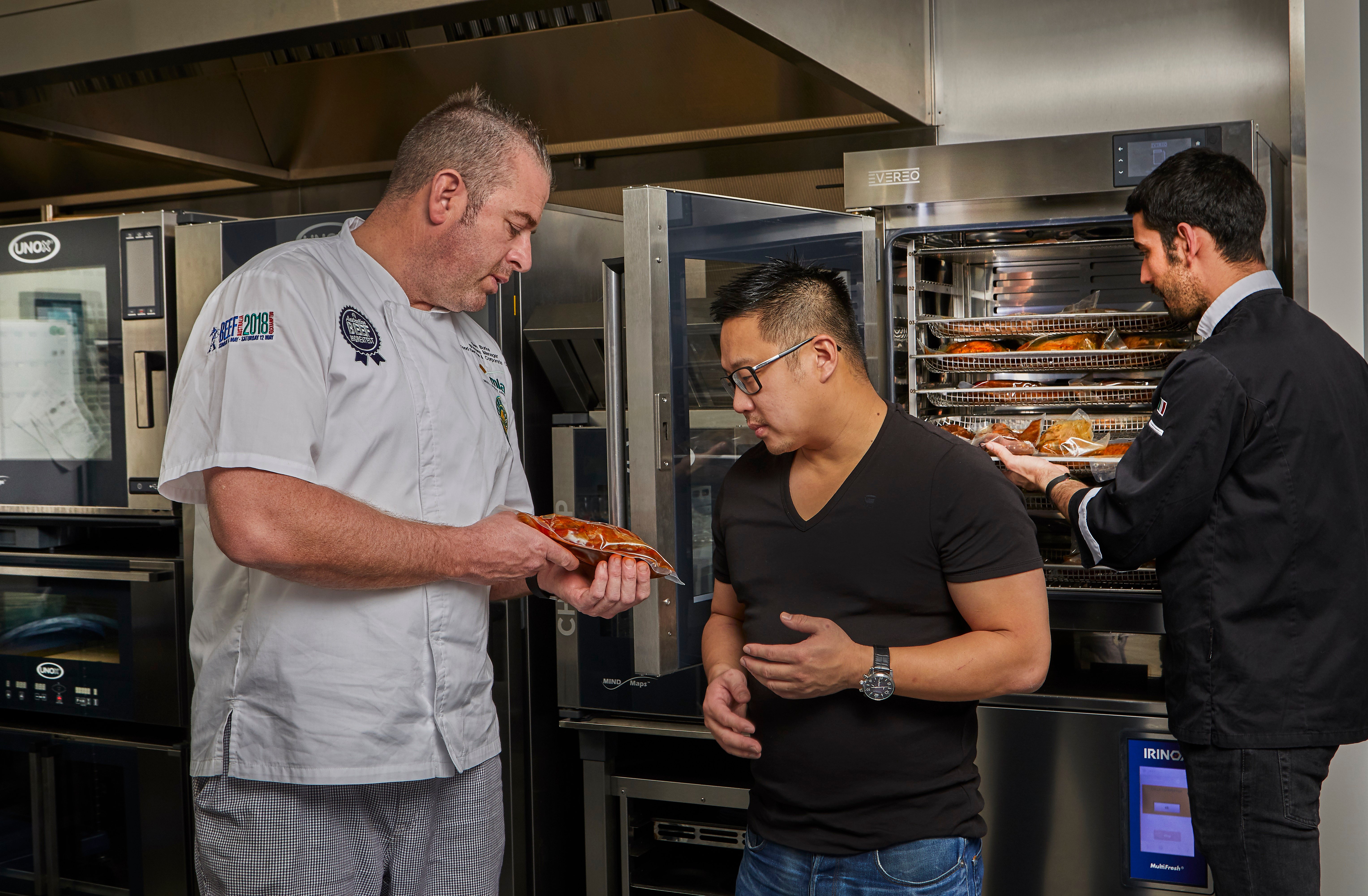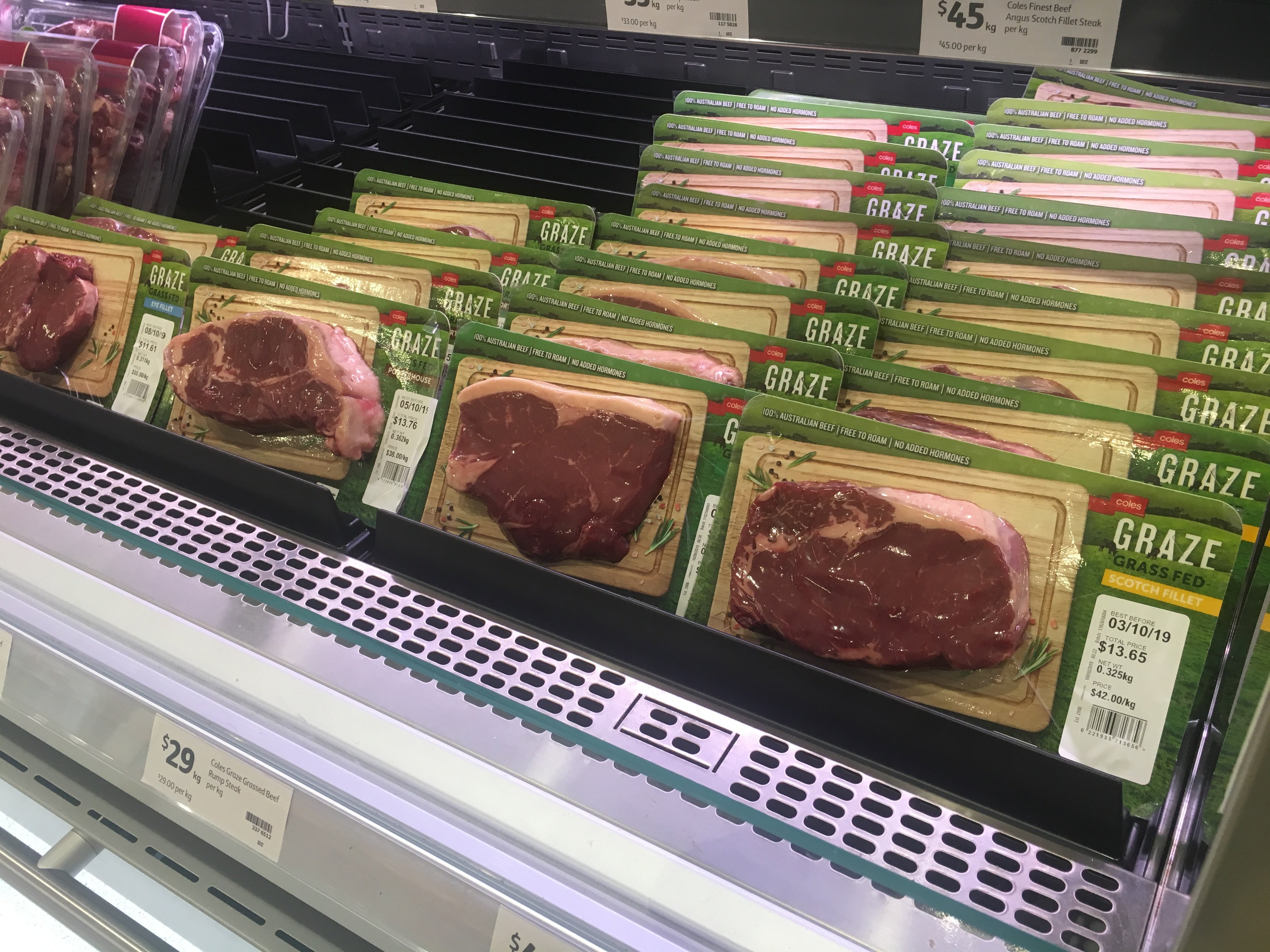Red meat joins the war on waste
06 August 2020
Plastic-free meat trays and technologies which extend shelf life are just two of the ways the red meat industry is helping to reduce food wastage.
With an estimated one-third* of all food produced globally thrown away every year across the value chain, MLA has stepped up to the challenge to revolutionise red meat packaging.
Here, MLA Group Manager – Science and Innovation, Michael Lee, explains why these innovations matter to the red meat industry, from producer to consumer.
“Food wastage is a bigger problem than most of us think because when we throw out food, we’re also wasting the water, fuel and resources it took to get that produce from farm to fork,” Michael said.
“Fast-forward to 2050, when there’ll be approximately nine billion people in the world who need to be fed, and it’s clear we can’t afford to waste one-third of all food produced.
“It’s also important to mention the methane released by decomposing food waste is one of the most potent greenhouse gases (GHG) responsible for climate change.”
MLA’s projects are stemming food wastage by addressing three questions:
- Can plastic in packaging be replaced by other materials?
- If plastic has to be used, can it be minimised?
- How can red meat shelf life be extended to prevent spoiling?
Sustainable solutions
With many producers already implementing sustainable practices to reduce GHG emissions as part of the red meat industry’s target to be carbon neutral by 2030 (CN30), Michael said it’s an approach that needs to be adopted throughout the food value chain.
And the good news is, producers and red meat brand owners are set to be winners.
“Many of the food waste reduction solutions can actually create higher demand for red meat and increase the profitability of the value chain by tapping into our sustainability credentials.
“Sustainable red meat packaging innovations reward the practices producers are already implementing to reduce GHG emissions.”
Michael said new food packaging shouldn’t just increase the industry’s ‘waste accountability’ but also needs to recognise how consumers will eat in the future and how food distributors will trade.
For example, ‘plastic credits’ – similar to carbon credits – could create value for the red meat industry.
“Choosing sustainable packaging could reduce your carbon footprint, but plastic credits might one day become a new revenue model for how brand owners select their packaging materials,” Michael said.
Consumer demands
MLA consumer insights play an important role in understanding the future requirements of red meat eaters, including how they want their food packaged.
For example, the way people are eating has changed in recent years. There are fewer people in each household, more people are eating out and more food is being delivered to homes.
Information like this is used by the food industry to adjust packaging size to customise products to consumer requirements.
“The ratio of product to packaging is vital to make packaging more sustainable as well as in a format to appeal to the target market,” Michael said.
Another trend is ‘snackification’. Many consumers are moving away from the traditional three meals a day and opting for a flexible approach to eating and snacking on the go, up to six times per day.
“Packaging innovations continue to be a key research area to ensure the red meat industry, which has traditionally focused on a raw, fresh product, can adapt to on-the-go meat pack designs,” Michael said.
“We need to consider easy-to-open and tamper-proof features for ready-to-cook, heat and eat solutions which optimise shelf life, minimise food waste and reduce plastic use.”
*Source: United Nations Regional Information Centre

New red meat packaging concepts showcased at the Supermarket of the Future display at Red Meat 2019, Tamworth.
A new way of packaging red meat
Here’s how three MLA projects are developing solutions to food wastage by reinventing red meat packaging.
Plastic-free meat tray
MLA worked with American start-up company, Corumat, to develop patented technology using food and meat waste to make a plastic-free, compostable meat tray.
This project takes a ‘circular economy’ approach to upcycle resources (in this case, food waste) to extract value rather than discarding them.
Upcycling waste streams could potentially re-position our True Aussie Beef and Lamb to be clean, green and plastic-free,” MLA’s Michael Lee said.
“This complete value-chain story of sustainability provides Australian red meat with a significant competitive advantage in the global protein market.
Brand owners, producers and consumers are all set to benefit.”
The Corumat meat tray is also approximately 20% cheaper than plastic meat trays.
It’s still under development but shows promising signs of market adoption. MLA is currently working with Australian red meat brand owners to identify opportunities to use this technology.

Corumat’s new plastic‑free meat tray packaging concept, developed using upcycled food waste.
Beyond the supermarket shelf
Red meat can be an expensive protein for foodservice outlets to serve, so MLA Donor Company (MDC) is investing in solutions to optimise shelf life and reduce markdowns to keep red meat on menus throughout the world.
Equipment manufacturer Evereo has developed a food preserver called ‘Meal Me’, which adapts combination oven cooking to develop ‘hot fridge’ technology. This presents red meat as a true ‘grab and go’ product range, increasing the value of secondary cuts and positioning red meat as a convenience protein.
“Unlike the traditional cook–chill process for ready meals, the hot fridge safely preserves food for up to three days at the temperature it needs to be served at,” Michael said.
“Combining the quality of slow-cooked meats with the efficiency of fast service can unlock new opportunities for red meat, reduce food waste and ultimately increase the profitability of the red meat industry.”
MDC is working with food companies to develop a red meat range of products using the hot fridge.

MLA’s Chef Sam Burke demonstrating ‘hot fridge’ red meat concepts.
|
Hot fridge stats:
Source: MLA project V.RMH.0093 final report: Preliminary evaluation of red meat in Meal Me (hot fridge technology) |
Reinventing the traditional tray

Merchandised Coles Graze beef range prepared by Retail Ready Operations using Darfresh® on board packaging.
The plastic meat tray and soaker pad combination and three-layer plastic vacuum skin packs could one day disappear from supermarket shelves.
Another MLA-supported project uses zero-scrap packaging technology.
The Darfresh® ‘on board’ packaging uses a board made from paper pulp. The meat sits directly on the board and is vacuum-sealed with plastic to seal in freshness and extend shelf life.
“This technology uses 70% less plastic than standard trays,” Michael said.
This packaging is already being trialled in-store at Coles, after Retail Ready Operations became the first Australian company to try Darfresh® on board.
Retail Ready Operations Supply Chain and Transition Manager, Patrick Youil, said the response from consumers has been positive.
“This new packaging instils consumer confidence when selecting meat, as the clear film offers a front and side view of the meat.
“Consumers can easily inspect the thickness, fat content, marbling and colour before purchase.
“New local and international export opportunities have emerged through this innovative packaging concept, in which meat not only stays fresher longer, the packaging is environmentally friendly and it offers fantastic messaging opportunities to consumers,” Patrick said.
MDC continues to partner with red meat value chains, including Retail Ready Operations, through the co-innovation program, developing innovative solutions to help companies achieve their sustainability targets.


